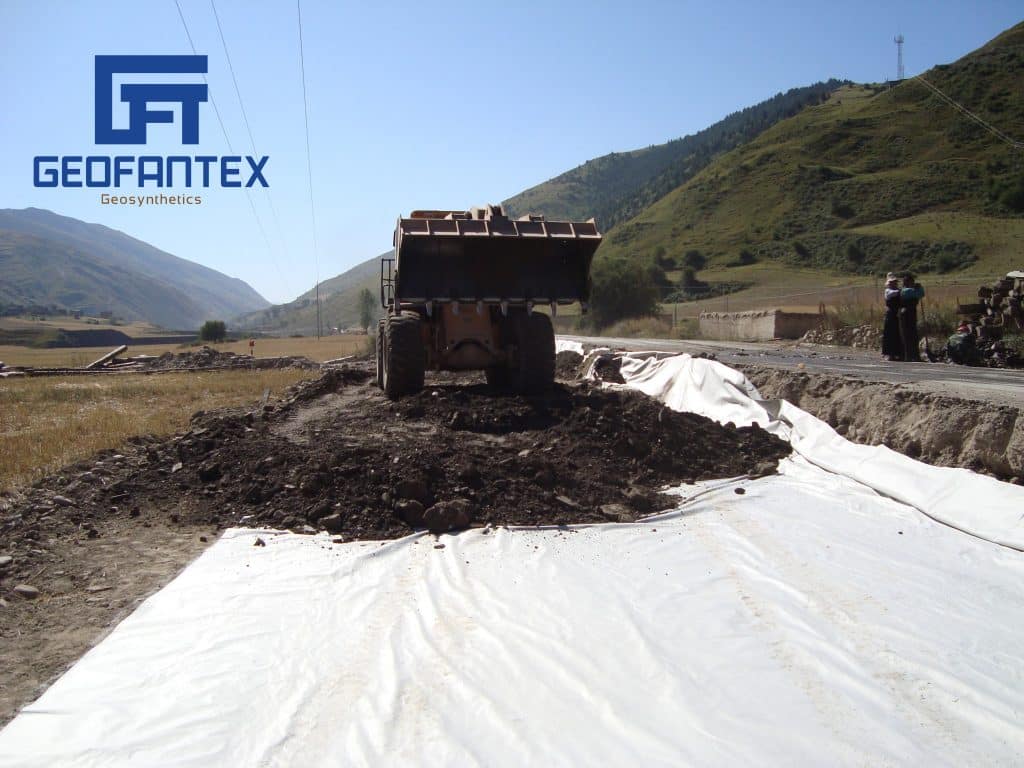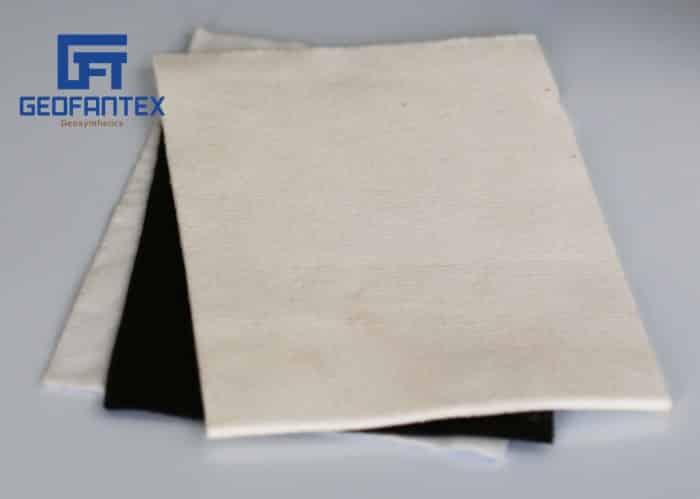With geotextile fabrics being used so commonly on today’s active jobsites, it is hard to believe that this technology did not even exist just eight decades ago. This technology is commonly used to separate soil layers, and has turned into a multi-billion dollar industry.
While the market for geotextiles did not even exist just 70 years ago, by 2018 in had turned into a $4.1 billion market worldwide. And it continues to grow at a rapid rate. It is projected that this number will grow at a compounding annual growth rate (CAGR) or 12.1 percent through the year 2025.
The extremely rapid growth of the geotextile market has been fueled by the effectiveness of the products. The use of this technology has evolved into an accepted best management practice, required by government agencies, specified by design consultants, and used routinely by contractors, cities and towns and property owners.
Geotextile fabrics, properly specified and installed, provide significant value. The common and most obvious benefit for all geotextile use is soil separation. By separating soil layers, the fabrics prevent them from mixing.
Prior to the evolution of geotextile technology, the construction industry struggled with mixing soil layers during the site construction process. In road building, for example, processed gravel applied to the surface would often sink into softer subsoils. An old adage in the road building industry goes something like this, “When you spread 50 pounds of stone over 50 pounds of mud you end up with 100 pounds of mud!” The heavier stone will simply disappear into the softer subsurface material. When geotextile fabrics are properly installed over the subsurface material, such mixing and contamination are effectively eliminated.
To achieve the desired results, choosing the most appropriate and site specific geotextile fabric is essential. By far the two most commonly used types are commonly known as woven and non-woven. Woven geotextiles are comprised of woven slit film polypropylene materials. Because they combine high strength and low permeability, they are very effective at bridging over wet or inferior soil layers. Non-woven geotextiles combine the strength of woven fabrics with high permeability, making them a better choice when applications require both separation and filtration. Non-woven fabrics are comprised of needle punched polypropylene, allowing separation and filtration to occur simultaneously.
Beyond woven and non-woven, two other important geotextile product groups are important to the ground stabilization toolbox. They are woven monofilament and spun bound geotextiles. Woven monofilaments combine the strength of woven with the permeability of non-woven fabrics. Conversely, spun bound fabrics combine the toughness of woven geotextiles with the permeability of non-woven products.

Woven Geotextiles
Typical applications for woven geotextile fabrics are beneath driveways, parking lots, residential streets and highways. The products have proven to be particularly effective in bridging over either wet, weaker, or less desirable subgrade materials. In such cases the low permeability of the fabric provides long-term separation and stabilization simultaneously.
When properly specified and installed, woven geotextiles deliver improved performance, reduced long-term maintenance costs, and extended project life.

Non-Woven Geotextiles
Non-woven geotextiles are chosen when both soil separation and permeability are required. These products are often used to wrap French drains or in conjunction with other sub-surface drainage solutions. Non-wovens are also typically used beneath rock riprap revetment, where both separation and drainage are critical.
As an example, if a new gravel driveway is being constructed over dry or well drained subsoils, it will be desirable for moisture to pass through the fabric in both directions. This set of conditions allows absorption into the subsurface during and after rain events, and conversely facilitates evaporation between wet periods.

Woven Monofilament Geotextiles
Woven monofilament geotextiles are used in specialized applications where a strong combination of high strength and strong filtration are required. While typical woven geotextiles employ highly impermeable slit tape construction, woven monofilaments are made up of individual filaments that are woven together in a screen-like fashion.
The products feature various opening sizes to match up with soil characteristics to combine high strength with strong flow characteristics. Because of these unique characteristics, woven monofilaments are often specified for placement beneath articulated concrete mat systems. They are also often specified beneath the surface of high flow drainage channels where high strength and strong drainage are also both of high importance.
Spun Bound Geotextiles
Spun bound geotextiles are often used when high strength, durability and permeability are all important considerations. During manufacturing the product is spun, rolled and heated to produce a very tough yet permeable products.
Often specified where high strength and long product life is essential, spun bound geotextiles are used often in landscaping and recreational applications, septic system construction, and in subsurface drainage.
Design and Technical Assistance
In conclusion, each of the above categories features many product choices. Please contact your local Team EJP marketing representative for assistance in making the best possible product choice. In turn, when more specialized technical assistance is needed, your local representative will reach out to one of Team EJP’s industry leading vendor partners to help identify the best possible solution.
Please enable JavaScript to view the comments powered by Disqus.
